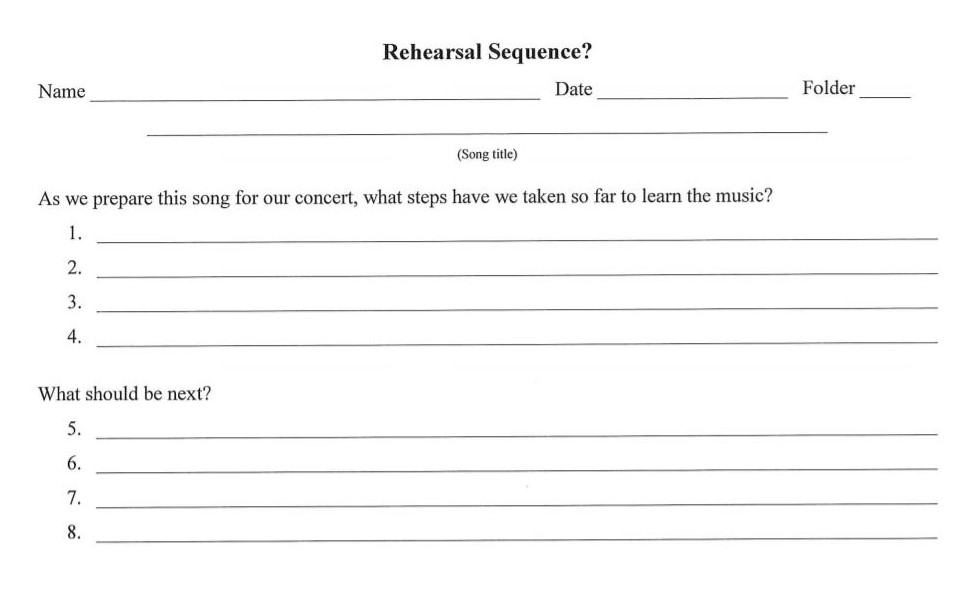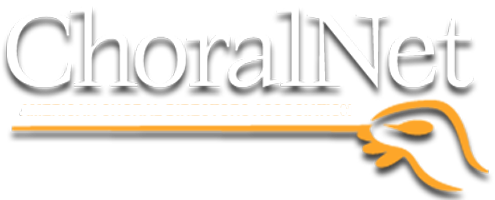
I remember memorizing the phrase “whole-whole-half-whole-whole-whole-half” many years ago when I began taking piano lessons in third grade. My piano teacher Mrs. Peterson was incredibly pleased that I had the phrase memorized and could recite it at a moment’s notice. She would smile and congratulate me on my new skill. The problem was, even though I knew how to play whole and half steps on the piano, I did not understand why this phrase was so important to memorize.
My piano teacher provided the subject knowledge but not the conceptual understanding.
My experience with my piano teacher and the public educational system in the 1960s and 1970s is what many of our students continue to experience to this day. Most, if not all of us, were taught from kindergarten through post-secondary education, primarily through teacher-centered direct instruction.
Banking Education
Paulo Freire called the instructional paradigm of filling and depositing knowledge into students’ heads “Banking Education” (Freire, 1993, chapter 2). Make a deposit, check the balance, and hope for good returns. I must confess that from time to time, I fall into the choral music banking education paradigm. I teach the choir their parts, check for understanding (right notes and my interpretations), and then move on. And if I’m not careful, my curriculum may become primarily product-driven and not process-centered.
Freire proposes a curriculum structured around student and teacher collaboration through which students learn to develop self-regulation and autonomy in the classroom. A Freirian teacher takes the role of initiator of dialogue and consciously tries to blur the boundaries between the knower and known and between the learner and teacher. We are all lifelong learners – students and teachers alike.
Rather than depositing and dispersing information to students, the core of a Freirian music curriculum is centered on inquiry and questioning. This problem-posing approach is student-centered, with the teacher taking the role of facilitator, and student/teacher dialogue and reflection are valued and encouraged.
Here is our dilemma. We cannot always be student-centered in the classroom. There is an Opportunity Cost of only teaching in or favoring one pedagogical methodology – whether this is due to our post-secondary education, training, or personal preference. Sometimes, our music instruction is Teacher-Centered. Sometimes it is Product-Centered. I agree with and incorporate the Freirian music curriculum into my teaching, but there are situations when I must direct teach, and there are times when I am product-centered.
My classroom is not exclusively student-centered, subject-centered, teacher-centered, performance-centered, concept-centered, or product-centered. It is a diverse interaction between and within all of the above. It is flexible, responsive, and dynamic – it is Agile.
Agile-Centered Instruction

Agile-Centered Instruction (ACI) is a pedagogical philosophy that provides flexibility and autonomy for teachers and students alike. It is dynamic and responsive to the present and real-time instructional learning environment. The focus of ACI is not about achieving specific skills, outcomes, or behaviors but rather the mental process that gives rise to conceptual understanding and skilled performances.
An agile educator strives to be mindful of, responsive to, and willing to shift their instructional and pedagogical paradigms. This instructional awareness facilitates and empowers students to learn from challenging and rewarding situations and helps them discover interdisciplinary threshold concepts and cross-curricular crosscutting concepts, connections, and understandings.
Critical Pedagogy for Music Education (CPME)
Frank Abrahams (2005), in his article The Application of Critical Pedagogy to Music Teaching and Learning, offers music educators one way to structure and frame their teaching and instruction. Critical Pedagogy for Music Education (CPME) is a praxis-oriented philosophy based on Freire’s dialogical “problem-posing” approach. CPME provides structure, support, and flexibility, for both the teacher and the student and creates an encouraging and supportive learning environment.
CPME Lessons Sequence Model
1. Honoring Their Word – Activate and engage students in real-life problem-solving
2. Sharing the Experience – Students and teachers explore, process, and reflect together
3. Connecting Their World to the Concept – Linking both in and out of school conceptual experiences
4. Dialoguing Together – Students and teachers ask questions, gather evidence, and examine ideas
5. Practicing the Concept – Teacher and students practice together and model mastery
6. Connecting Word to World – Students are encouraged to connect and find new alternatives and solutions
7. Assessing Transformation – Dialogic assessment and conceptual viability become realized
8. Acknowledging Transformation – Initiate and activate the new skill towards current and future learning
Three Activities to Engage Students in
Agile-Centered Instruction
The activities below are examples of how to implement Agile-Centered Instruction into the rehearsal setting and incorporates aspects of the CPME model. To help our choirs acquire and attain musical skills and understandings, members must actively practice integrating and combining a variety of conceptual components throughout the rehearsal.
Warmup Color ID (purpose-centered)

Range – Blue
Vocal Placement – Orange
Vowels – Lime Green
Breath Support – Purple
Pitch Accuracy – Red
Diction/Consonants- Green
Singing Energizer – Light Blue
Warm-up Color ID asks the students to perform, uncover, and identify the purpose of a specific warm-up exercise used in the music classroom and rehearsal setting. I use this warm-up activity during voice lessons and ask the students to analyze a variety of vocal exercises and color code their purpose. Then, during choir rehearsals, we can quickly review the warm-ups’ objective(s) and concentrate on the specific purpose of the exercise (this conceptual review takes only about 10 seconds of the rehearsal to reinforce).
Right Now (performance-centered)

I have found that inevitably during the year, a song that the choir is preparing and refining can lose forward momentum and musically stall. This musical plateau may happen because a majority of choir members feel that the song is “learned” and is ready to be performed. This next activity asks the students to assess either their section, sprint group, or the full choir and estimate to what extent they are performing correct technical and expressive elements. This activity also works very well as an exit ticket.
What’s Next? (process-centered)
This final exercise is one of my favorites. I introduce this activity by showing the choir my lesson plans and informing them that their responses on this form will become the lesson plans for our next rehearsal. The first question asks the students to think back on past rehearsals and recall the sequence of events and teaching strategies they have experienced. The second question engages the students in critical thinking and brings the ensemble into a dialogue about effective rehearsal strategies, processes, and procedures.

And here is the fun part. At the beginning of the next rehearsal, I bring out the slips, shuffle them, turn them face down, and ask one choir member to select a form. I then fold part of the paper over (so I cannot read the name) and use “What should be next?” numbers 5 – 8 as a rehearsal sequence for part of the class. My students enjoy this activity, and their responses and ideas are informative and very enjoyable.
tl;dr: Purposeful Teaching Through Agile-Centered Instruction
Agile-Centered Instruction (ACI) is a pedagogical philosophy that provides flexibility and autonomy for teachers and students alike. It is dynamic and responsive to the present and real-time instructional learning environment. By becoming more instructionally agile in the classroom, we can empower students to discover interdisciplinary and cross-curricular connections and understandings, learn through challenging and rewarding situations, and provide space for creativity and flexibility.
Current research reminds educators that though we possess strong musical metacognitive skills, we should not assume that our students will naturally and inevitably develop musical understanding and become musically autonomous. Metacognitive skills and successful learning habits must be taught and reinforced through thoughtful and purposeful instruction.
“It is not the strongest that survive environmental changes.
Attributed to Charles Darwin (Megginson, 1963)
It is the most flexible – the most intelligently agile”.
Postlude – The Kolb Educator Role Profile
One way for us to become more agile in the classroom and reimagine our instruction is to take the Kolb Educator Role Profile (KERP). This instructional assessment survey is specifically designed to help teachers identify their teaching tendencies and shift between the roles of the Facilitator, Expert, Evaluator, and Coach.
References
Abrahams, F. (2005). The application of critical pedagogy to music teaching and learning. Visions of Research in Music Education, 6. Retrieved from http://www.rider.edu/~vrme
Freire, Paulo, 1921-1997. 2000. Pedagogy of the Oppressed. New York: Continuum.
Ackles, B., 2018. Agile Development Instructional Framework (ADIF): A New Strategy for Student-Centered Music Education. Choral Journal, September 2018. Vol. 59, No. 2.
Freire, Paulo. Pedagogy of the Oppressed. New York: Bloomsbury Academic, 2018.
10 Concepts About PAULO FREIRE’s Pedagogy | All You Need to Know
Paulo Freire (1921–1997) Conceptual Tools, Philosophy of Education, Criticism
Read more: Paulo Freire (1921–1997) – Conceptual Tools, Philosophy of Education, Criticism – Students, Social, World, and Process – StateUniversity.com https://education.stateuniversity.com/pages/1998/Freire-Paulo-1921-1997.html#ixzz6vDNeppBv
Another excellent CPME resource: Critical Pedagogy for Music Education – Thorne Palmer



Leave a Reply
You must be logged in to post a comment.